
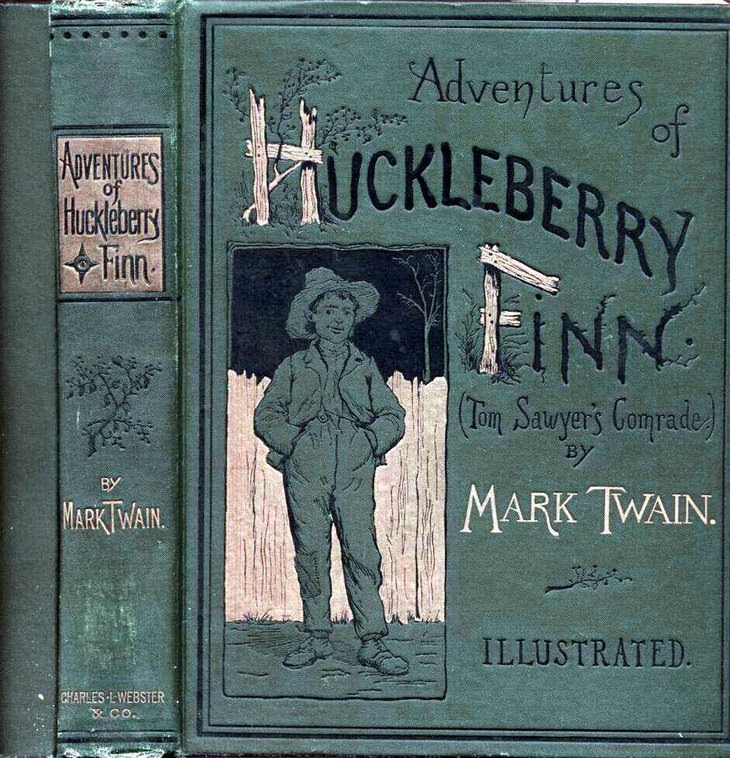
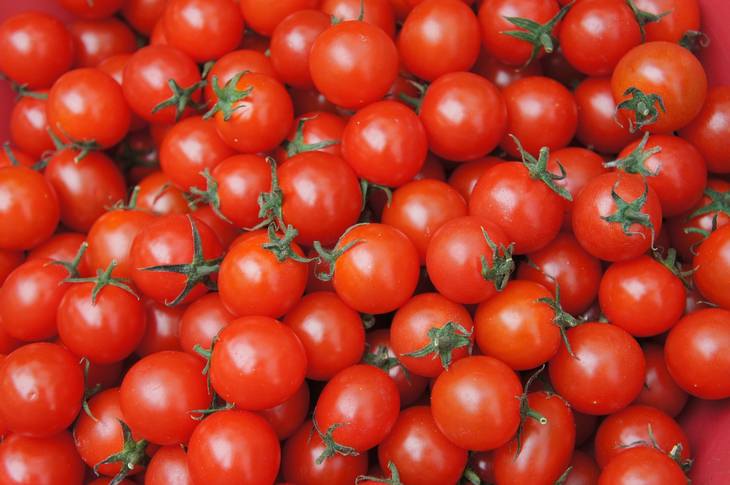

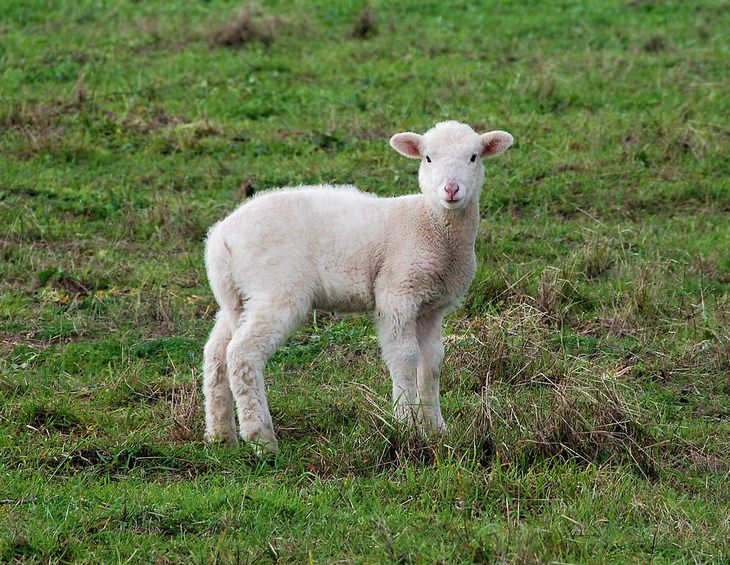
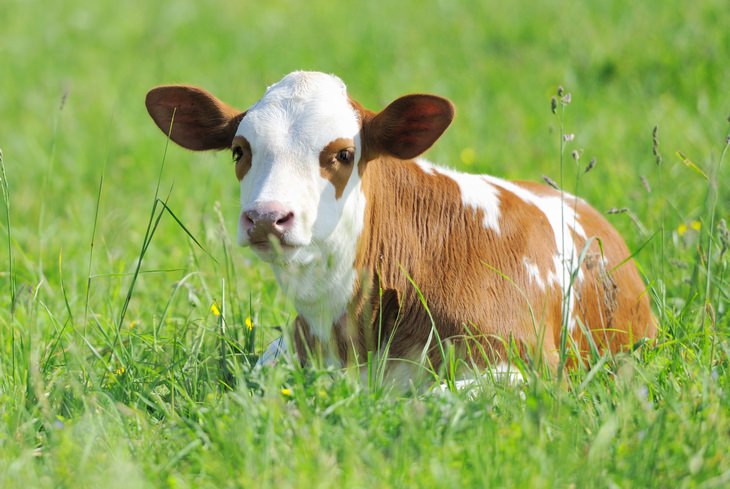
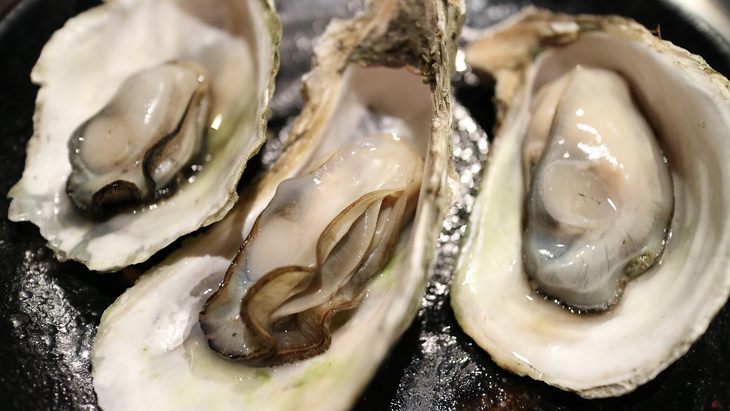




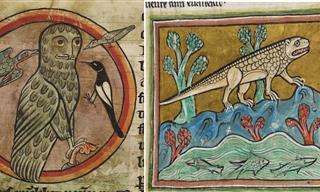
Medieval Artists Had the FUNNIEST Ideas About Animals
Most medieval artists have never seen wild animals in their lives, but it didn't stop them form trying to paint them. Th results are hilarious.

The Funny Facts of Life I Learned With Age...
The older you get, the more you realize what a funny thing life is.

Can You Believe These Words Didn’t Exist Before the 1970s?
When a new words spreads it seems it's been around forever. But in reality, many of the words we use everyday are quite new. These didn't exist before the 1970s.

It’s a Shame We Stopped Using These 17 Old English Words
These 17 old words are definitely missing in our modern vocabularies and deserve to be brought back into day-to-day speech
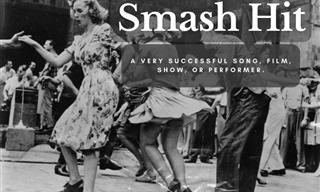
9 ‘Current’ Words That Are Much Older Than You’d Guess
Hipster, Influencer and Dude - all these words sound so quintessentially modern, but you'd be surprised to learn how old they actually are.
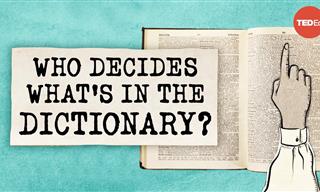 5:23
5:23
What Made the Merriam-Webster Dictionary Last So Long
How do new words get added do the dictionary? Watch the surprising history of the Merriam-Webster Dictionary to find out...

14 Nostalgic Pics to Take You Back to the Good Ol’ Days
These photos will instantly trigger your nostalgia.
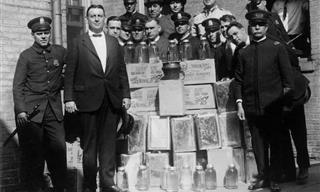
7 Conspiracy Stories that Turned Out to be True
These stories are shocking... and they turned out to be true!
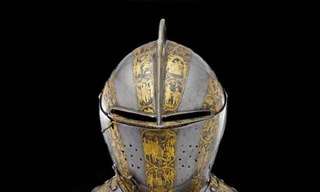
30 Historic Artifacts With Centuries of Beauty.
These 30 pieces from history are a shining example of how stunning such works can be.

These Unique Maps Tell a Great Deal...
These 19 maps of the world are anything but boring. Each map is compelling and teaches you something new about the world.
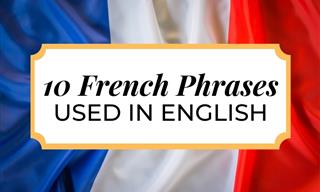
Using These French Phrases in English Elevates Your Speech
Even if English is the only language you speak, we’re more than convinced that you’re quite familiar with a bunch of French words...

A Few Things We Bet You Never Knew About the USA!
The USA is an enormous and diverse place, but when you look at it from a numerical point of view, things get even more curious. Take a look.
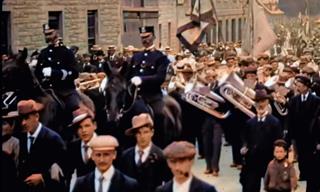 10:30
10:30
Cities of Yesteryear: See the 1890s Come Alive!
It's incredible to have this look into yesteryear, and this compilation have some truly terrific sights to show you!

These Feel-Good Facts Warmed My Heart...
These feel-good facts would warm anyone's heart.
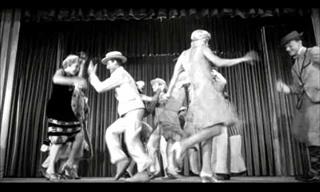 2:55
2:55
Dance Styles in the 1920 Were So Much FUN!
Enjoy this delightful clip from the movie ‘Don't Knock the Rock’, which shows some groove dance moves from the 1920s.
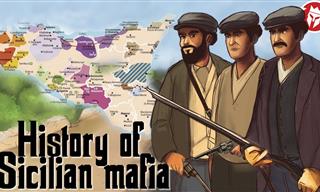 18:27
18:27
What is the Story Behind the Scilian Mafia?
Explore the origins of the Sicilian Mafia, known as Cosa Nostra.
 8:40
8:40
1 Day in Pompeii: Experience That Fateful Day!
One day in 79 AD the city of Pompeii was tragically destroyed by an extraordinary volcanic eruption. This video shows you just how the scene would have unfolded.

19 Funny Old English Phrases We Should Really Bring Back!
It's high time that these words make a comeback.
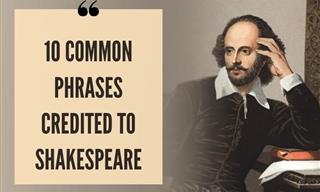
Phrases We Use Without Realizing It’s a Shakespeare Quote
William Shakespeare had a huge impact on modern English, so much so that most of us are quoting the great bard every day without even realizing it!
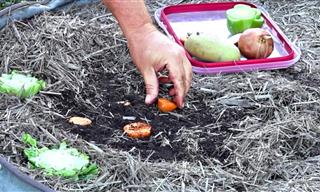 15:33
15:33
Does Regrowing Vegetables From Scraps Actually Work?
You're likely aware that you can regrow certain vegetables using scraps. But the real question is, does this method work for every type of vegetable?
 3:00
3:00
What is HAMAS? The Terror Organization Explained
What IS Hamas? What are its intentions, and how did it get started?

Wish Someone a Lovely Day With This Great Song...
This uplifting song is going to make anyone's day, guaranteed!

These 14 Photos Are All Remarkable For Different Reasons
There are some photos we come across that just compel us to take a second look, and these 14 are no exception. Take a look!
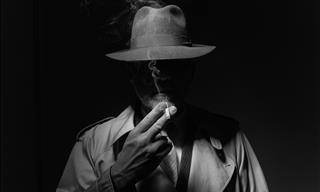
10 Film Noir Movies You Simply Have to Watch
If you're new to this genre and even if you're an old fan, these 10 classic film noir movies are a must-watch for anyone.

Send Christmas Wishes to Your Friends This Festive Season
Christmas is the most wonderful time of the year. Send this video to your closest and dearest friends to let them know that you're thinking of them.

These Things Will All Happen in the Next 24 Hours
The world is incredibly busy, and doesn't stop moving for anyone. Millions of things happen every second but these 19 things will happen over the next 24 hours.
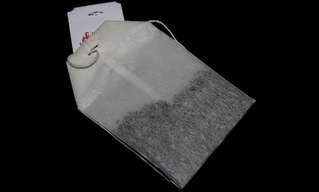 2:04
2:04
Don’t Throw Away Your Used Teabags Just Yet
Teabags aren’t only for making delicious cups of teas. Find out what other uses they hold in this helpful video.
 5:06
5:06
Watch Andrea Bocelli and His Daughter Perform "Hallelujah"
Watch the legendary singer Andrea Bocelli perform a beautiful rendition of the famous song "Hallelujah" with his little daughter.
 19:08
19:08
What People Need When the End Is Nigh: A Profound Talk
BJ Miller is a palliative care physician with some amazing insights. Discussing what happens to our thoughts as we pass away, he shares some profound thoughts.

14 Fascinating Museum Treasures That Stole the Show
These 14 museum finds are truly impressive.

These Photos Reveal the Clothes of 100 Years Past...
Millions of people in the US can trace their ancestry back to Ellis Island immigrants. Here are some portraits of some early 20th century arrivals.
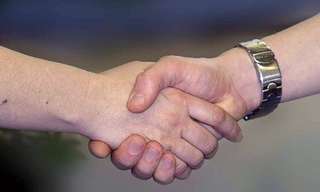
12 Rules for Basic Etiquette that Should Still be Practiced
It feels like people forgot the meaning of politeness, well these 12 rules of manners should be read, remembered and acted upon.
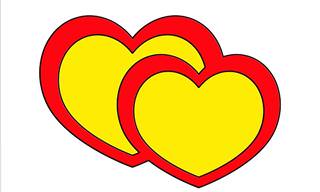
13 Fascinating Facts About International Intercourse!
These facts will shed a fascinating light on intercourse in the world.
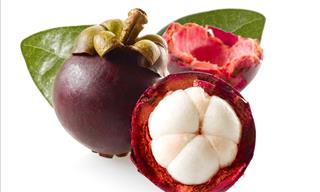
8 Delectably Creamy Fruits That Taste Like Dessert
Here is a list of some of the most exotic and incredibly delectable fruits that taste naturally like delicious desserts.

Amazing History: The Man Who Took Down a Plane With a Gun
Owen Baggett is the only man ever to live known to have shot down a fighter plane using nothing but a handgun. Read his incredible story right here.
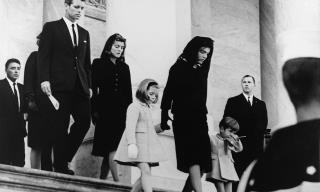
8 Infamous Crimes That Left a Mark on History
These true crime stories became so sensational that they changed the culture and went to be remembered in history.
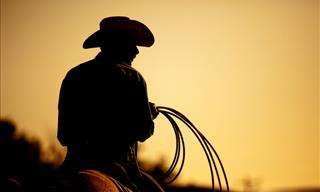
12 Typical American Things That Didn’t Originate in the US
Many things we often think are typically American, such as cowboys, comic strips and mac & cheese, have actually started far away from the USA
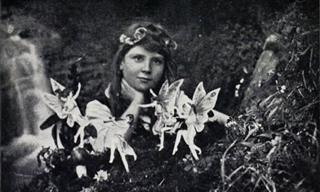
The Most Successful Hoaxes In History
The world loves pranks and history has a trail of good and bad ones. Here are some of the most successful hoaxes ever pulled.

We Bet You Never Knew the Origins of These Common Idioms!
We bet you use the following 8 common idioms all the time, but have you ever stopped to take the time to think about where they came from?

6 Short Stories to Help You Stay Motivated in Life
If you’re feeling down, rather than surf the internet for cat pictures or drowning your sorrows by reading junk, check out these inspirational and powerful Short Stories

10 Truly Bizarre Facts About Life in Ancient Rome
Chances are, you would be shocked if you traveled through time and suddenly appeared in Ancient Rome, as these 10 bizarre facts surely prove.

22 Old Photos That Really Make History Come Alive
Looking through these old black and white photos you can really learn a lot about history and the world. These 22 photos generates that mind-blowing spark and teaches you something new.
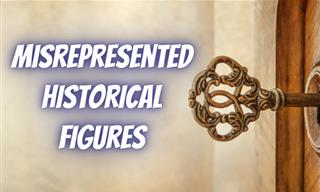
You Will Not Look At These 6 Historical Figures The Same
The rumors and myths of these historical figures are already considered facts. The truth, however, is completely different.

17 Terrific Charts to Expand Your General Knowledge
We have a treat for all lifelong learners. It’s a list of 17 charts that will enrich your knowledge in geography, nutrition, linguistics & anything in-between!

These Optical Illusions Made Me Question Everything I See!
These optical illusions really give credence to the notion that the human eye is far from infallible. Here are 20 mind-bending optical illusions for you to try.
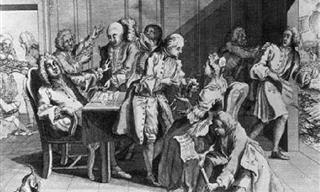
8 Little-Known Wars Rarely Found in History Books
Today, let’s talk about some of the weirdest and little-known wars from history.

12 Ingenious Life Hacks from Ancient Civilizations
From advanced dental care to sustainable agriculture, these ancient life hacks demonstrate a blend of practicality and sophistication.


